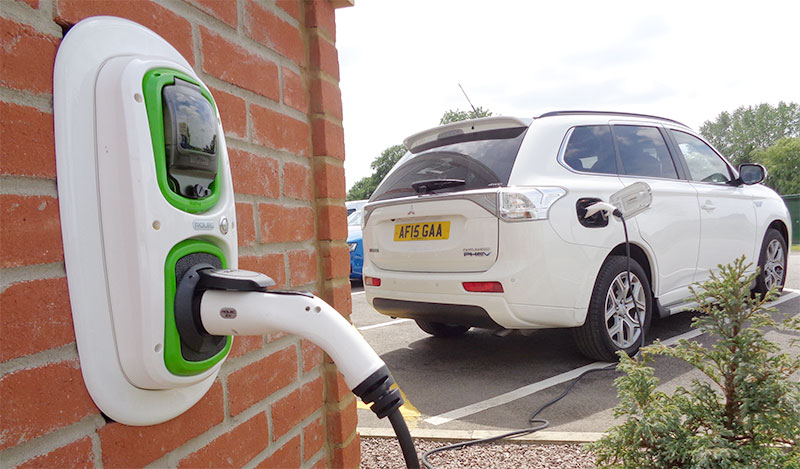Researchers at India’s Shiv Nadar University have synthesized sulfur-rich copolymers from industrial wastes as an alternative cathode material for Lithium-Sulfur (Li-S) batteries. Once put into production, the technology will make Li-S batteries significantly cheaper and sustainable while offering up to three times higher energy density with intrinsic flame-retardant properties than the Li-ion currently available for everyday use.
The researchers used by-products from the petroleum industry (Sulfur), agro-waste elements, and copolymers such as cardanol (a byproduct of cashew nut processing) and eugenol (clove oil) as cathodic materials.
The use of cardanol for Sulfur-based structures to create cathode materials resulted in enhanced capacity retention (among the highest charge capacities reported) and longer battery life in a significantly smaller battery unit.
Besides, eugenol copolymer (derived from clove oil) is environmentally sustainable, halogen-free, flame-retardant, and reduces the combustible propensities, making the battery remarkably safe to use.
Shiv Nadar University’s Associate Professor in the Department of Chemistry, Dr Bimlesh Lochab, led the research.
Dr Lochab’s team has partnered with the Indian Institute of Technology-Bombay’s Professor in the Department of Energy Science and Engineering, Dr Sagar Mitra, to use this research to develop a Li-S battery prototype.
Speaking to pv magazine, Dr Sagar Mitra, IIT-Bombay, said, “For the cardanol/sulfur copolymer cathode containing 2.5wt% reduced graphene oxide (rGO), we recorded the best performance with an average Coulombic efficiency of 99.3% [energy density of 760 Whkg–1(Li + S) at 1C based on Sulfur weight] after 500 cycles at 1C, one-hour rate of charge and discharge. And, for the eugenol-phosphazene/sulfur copolymer cathode (without any rGO additive), we recorded an average Coulombic efficiency of 98% [energy density of 1090 Whkg–1 (Li+S) at 0.5C based on Sulfur weight] after 200 cycles at 0.5C, 2-hour charge-discharge rate. This data is based on coin-cell performance at 20C.”
Elaborating her research work, Dr Lochab added: “The capability of three times higher energy density, coupled with being a significantly safer technology, holds the promise of accelerating the adoption of clean, battery-led energy across multiple domains. For example, an electric car with a 400 km range using conventional Lithium-ion batteries can now quadruple its range to 1600 km on a single charge with this technology, while being compact and much safer to use than traditional Lithium-ion batteries. To put this in perspective, it could mean driving from Delhi to Mumbai on a single charge and still being left with power.”
The research will help produce cost-effective, compact, energy-efficient, safe and environment-friendly Li-S batteries, offering a viable alternative to Lithium-ion batteries commonly used at present. It has the potential to aid multi-billion dollar industries, including electric vehicles (EVs), tech gadgets and drones.
This content is protected by copyright and may not be reused. If you want to cooperate with us and would like to reuse some of our content, please contact: editors@pv-magazine.com.









By submitting this form you agree to pv magazine using your data for the purposes of publishing your comment.
Your personal data will only be disclosed or otherwise transmitted to third parties for the purposes of spam filtering or if this is necessary for technical maintenance of the website. Any other transfer to third parties will not take place unless this is justified on the basis of applicable data protection regulations or if pv magazine is legally obliged to do so.
You may revoke this consent at any time with effect for the future, in which case your personal data will be deleted immediately. Otherwise, your data will be deleted if pv magazine has processed your request or the purpose of data storage is fulfilled.
Further information on data privacy can be found in our Data Protection Policy.